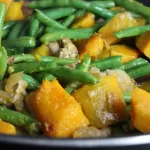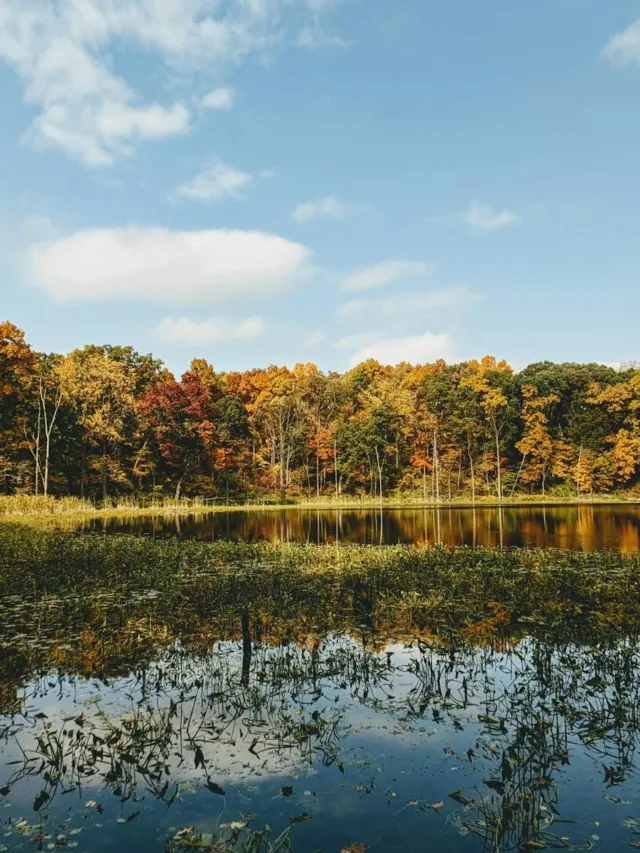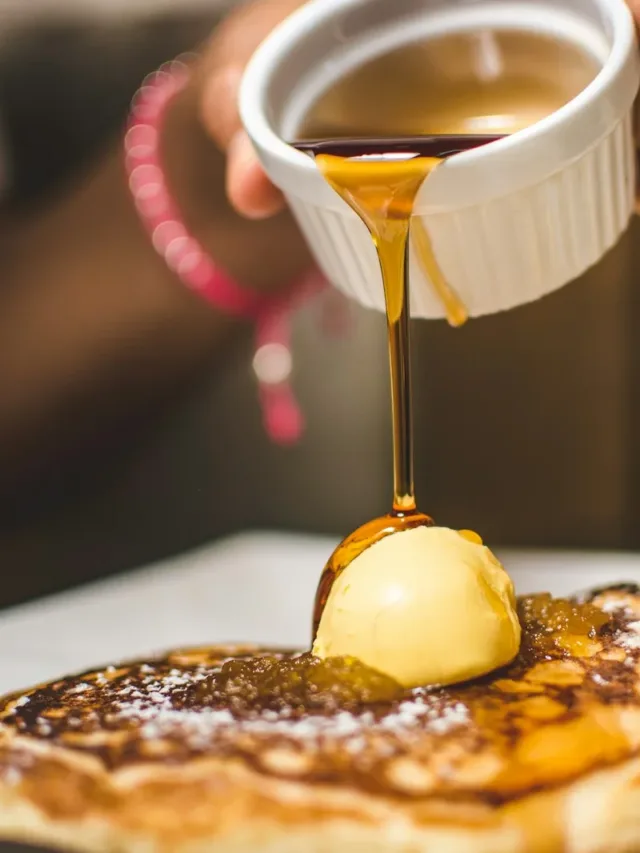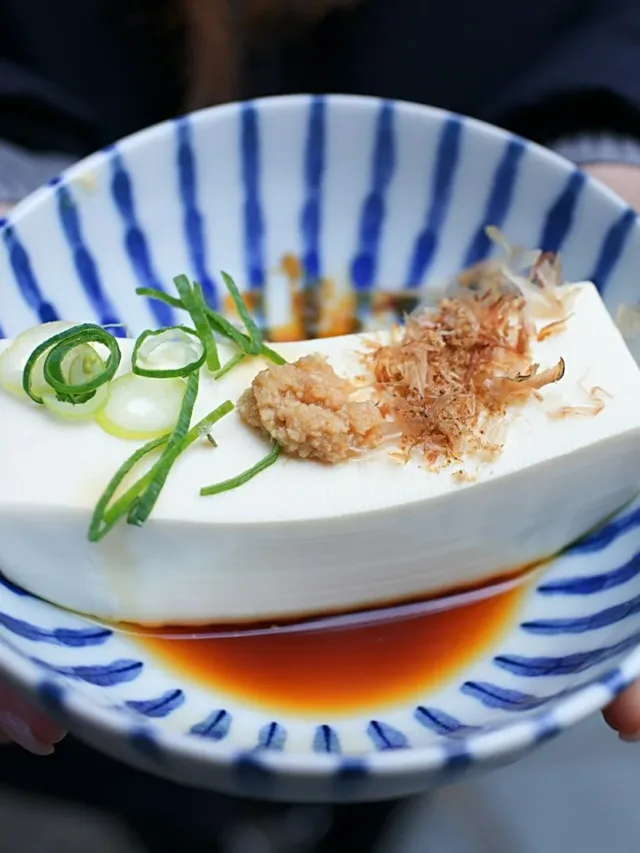Did you know these unique Khar dishes of Assam
Assamese cuisine is known for its unique flavors and use of indigenous ingredients. One of the essential ingredients in Assamese cuisine is “khar,” which is an alkaline ingredient made from the ashes of dried banana skins, tea leaves or other plant parts. Khar is added to various dishes to give them a distinct taste and flavor as well as make the food slightly alkaline which can help stomach when used moderately. Khar has a long history of usage in Assamese cuisine and has evolved over the years into many forms. Here are some typical ways to prepare authentic Assamese Khar Dishes.
Pani Khar: This is the most common type of khar used in Assamese cuisine. It is made by filtering water through the ashes of dried banana skins. Pani khar is used to make a variety of dishes, including fish curry, lentil soup, and vegetable dishes.
Soppin Khar: Soppin khar is made by using Pani Khar and Bamboo Shoot as the primary ingredients. Soppin Khar is greatly enjoyed with fish curry and other seafood dishes or is also sometimes added to these dishes to enhance their flavours.

Mylliem Khar: Mylliem khar is a specialty of the Meghalaya. It is made using khar, which is an alkaline ingredient made from burnt banana skin / peels, and various vegetables, meats, or fish.

Lahpet Khar: Lahpet khar is a unique khar made by fermenting tea leaves. It is commonly used to make a salad called “lahpet thoke,” which also includes pickled tea leaves, tomatoes, roasted peanuts, and sesame seeds.

Kola Khar: Kola khar is similar to Pani Khar but is rather made by filtering water through the ashes of dried banana stems instead of banana peels. It has a more intense flavor than pani khar and is used to make meat dishes and pickles.


Each type of Khar Dish has a unique flavor and adds a distinct taste to Assamese Cuisine. The usage of Khar is not just flavor, but it hosts a plethora of health benefits especially for digestion, which makes it an ideal addition to many dishes.







